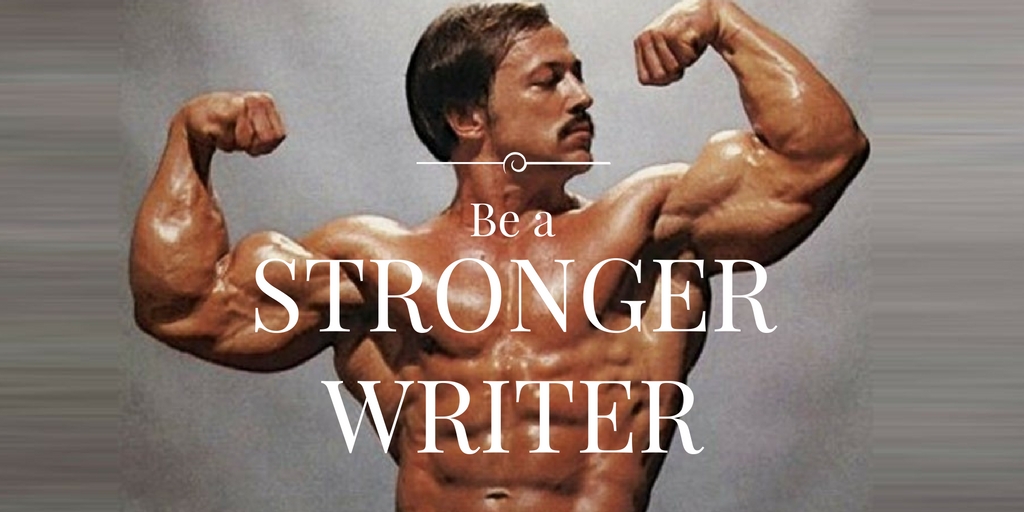My experience, during 6 years teaching creative writing to university students, is that most writers don’t want to do this exercise. To be fair, it’s hard work. But it’s also the single best way I know to develop your skills as a writer, or any other kind of storyteller.
“But Damo,” I hear some folks in the back saying, “Big shots like Stephen King din’t do no structural analysis exercise and look where they is now!” To which I say, actually, Stephen King holds a BA in English Lit, taught English in the classroom, and even suggests this exercise in On Writing. So, there.
In more general terms, writers resist this exercise because it seems to go against the imaginative and intuitive parts of the writing process. A good story is like a great magic trick. As soon as you analyse it, the illusion is destroyed and you’re left with some smoke and a bunch of mirrors. But it’s not your job as a writer to believe the magic, it’s your job to create the illusion.
Think of this exercise as some short term pain in exchange for a lot of long term gain. And isn’t the the definition of exercise? If it was easy, we’d all be running the Boston marathon every year. But we aren’t, because getting really good at anything requires specialised effort and ultra-determination. So for those of you traipsing on the long and winding road towards literary genius, think of this as a deep muscle workout for your skills as a storyteller.
(This is one of the 7 super exercises I set my students on The Rhetoric of Story. Join in! If you have questions about story structure, that’s the place to find the answers.)
EXERCISE 6: STRUCTURAL ANALYSIS
The best way to learn about the structure of anything is to break it apart and then put it back together again. It may not work again, but you’ll learn a vast amount about how it worked. This is as true of stories as anything else.
Step One – choose a story that you know well. I’m going to assume here it’s a novel, but it can be a screen or stage play or any other form of storytelling. It’s important you know it well, or the exercise won’t work.
Step Two – you’re going to be writing a “structural analysis” of this story. It’s important to actually write this, your mind won’t really absorb the detail if you just think about it. Imagine you’ve been commissioned to analyse this story by a publisher. You need to deliver a professional report that captures the detail of this story’s structure.
Step Three – begin from the top level of structure and work your way down. Here are some suggestions for what you might be looking at:
- Top Level
- what are the major parts of the story? Or acts in a screen or stage play? What happens in each?
- who is the protagonist? What do they want?
- who are the major characters? What are their relationships?
- what are the forces of antagonism and how are they manifested?
- what is the dramatic question? How does it manifest as plot?
- Mid-Level
- what is the turning point of each chapter / scene?
- how are the chapters structured?
- what plot devices, like tension, suspense and mystery, are employed?
- how do the character relationships change and evolve over time?
- Bottom Level
- what is the balance of beats / dialogue / description / scene setting in each chapter?
- what point-of-view is employed? How are POV shifts handled?
- what is the narrative voice? Who does it belong to?
- how is the style determined by word and sentence choice?
This is very far from an exhaustive list. Depending on your understanding of story, you might approach the analysis quite differently. That’s fine. This isn’t about applying some rote understanding of structure. It’s about seeing how the story actually works on the page (or screen / stage). It’s the difference between driving a car, and deconstructing the engine to see how all the constituent parts go together. Capiche?
Step Four – outline a story based on your structural analysis. So, if you’ve discovered your chosen novel has four major movements, with one hundred and twenty scenes, following seven characters, and so forth, you’re going to outline a novel with that structure. Take this step as far as you want. A two page outline may be enough. You might, on the other hand, decide to write the whole damn thing!
IF you complete this exercise to Step Three, and feel you need some feedback, post your structural analysis on your blog, with a link back to this post, and pop me an email on: damiengwalter@gmail.com. I’ll get to as many as I can.
No comments here. Find me on Facebook or Twitter.
